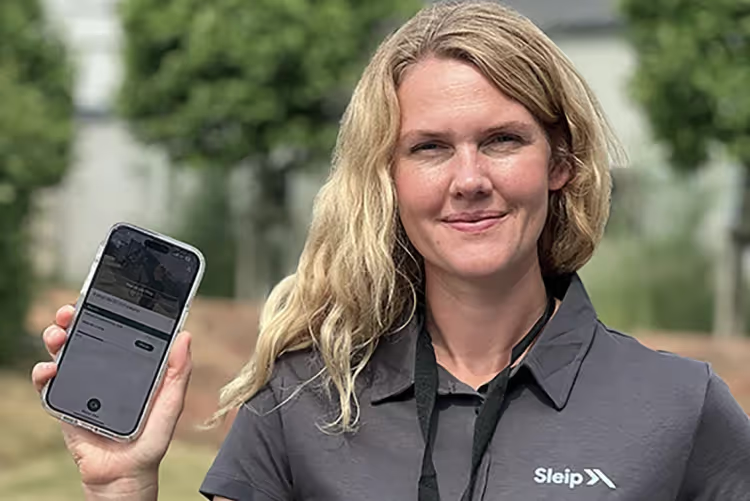
16 November 2023
"Lameness is a highly topical subject since it is the most common health issue among horses”, comments Lina Bengtsson, research secretary at Swedish-Norwegian Foundation for Equine Research in a press release. “With increased knowledge and better conditions to accurately diagnose hindlimb lameness in the future, we can improve horse welfare.”
Hindlimb lameness is difficult to accurately diagnose with traditional lameness assessments, with low agreement between assessing veterinarians. The project concludes that the investigation of lameness need to be improved for a more reliable diagnosis and rehabilitation, where objective measurement methods can be a valuable tool. The project highlights, among other things, detailed monitoring of the rotation of the pelvis as an interesting parameter for assessing lameness correctly.
“In this project, we aimed to improve both visual assessment and objective measurement of hindlimb lameness. By studying the horse's movement patterns in detail, focusing on the rotation of the pelvis, we could see that there was a large variation between different individuals (even within the same breed), but the movement was like a fingerprint for each horse. When lameness was present, we observed that the rotation of the pelvis changed, even at the group level. This means that we have identified new movements that are interesting for assessing lameness. Several existing measurement tools have already incorporated these movements into their products to provide refined analysis. However, for a horse to even be brought to a veterinarian, the lameness needs to be detected during training. Therefore, we have developed educational material to give those active in equestrian sports a chance to become better at detecting hindlimb lameness. To provide effective learning, we studied which type of feedback yields the best results, and we are now making the training available digitally.”
Access the study (Swedish) here.
About the award (Swedish) here.
The main purpose of the foundation is to contribute to creating value for horses, for the equine industry and for humans and society; to increase the understanding and profile of the role of the horse in society; and to improve the health and welfare of horses and humans. The foundation administers approximately 20 million Swedish and Norwegian kronor annually for the funding of research projects.